

Ben Zachariah
CarExpert's top five EV reviews of 2025
13 Hours Ago

News Editor
When the Mahindra Scorpio-N arrives locally this quarter, it will do so without autonomous emergency braking.
The feature isn’t available on the Scorpio-N in its home market of India, and won’t be offered here either – at least not until a mid-life update.
“In the product lifecycle for that vehicle, we will certainly introduce AEB,” said a spokesperson for Mahindra Australia.
“You’ll see it on a refreshed version,” he added, indicating it would come as part of a mid-life update.
“Obviously we do have to meet the deadline of the ADR requirement.”
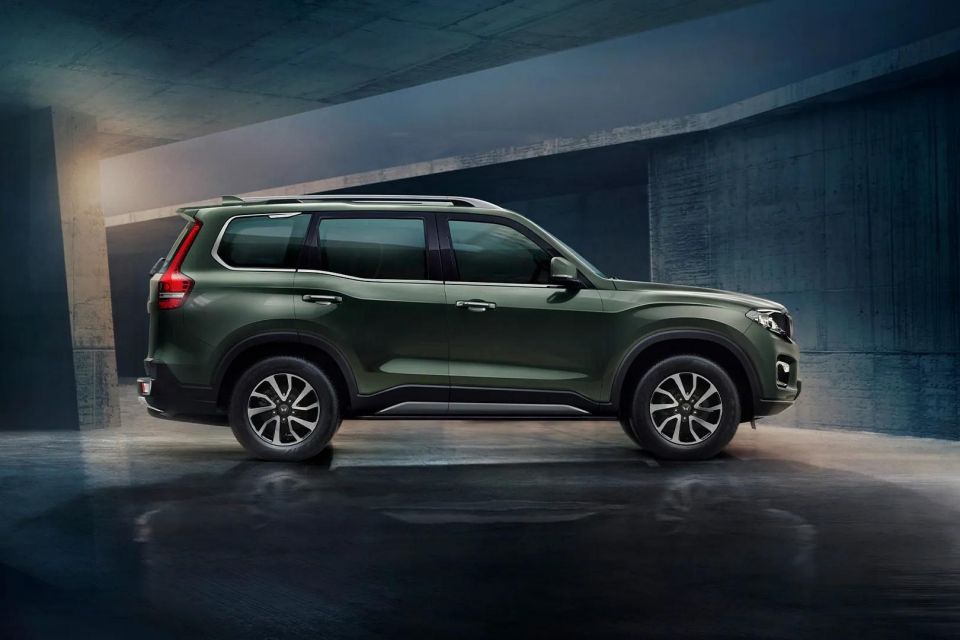
This requirement is called Australian Design Rule 98/00 – Advanced Emergency Braking for Passenger Vehicles and Light Goods Vehicles. As the name suggests it mandates the standard fitment of autonomous emergency braking which can apply the brakes if it detects an imminent forward collision.
It comes into effect for all new vehicle launches from March 1, 2023, and for all new vehicles from March 1, 2025, which means the Scorpio-N is likely the last new car approved for sale without the technology.
With the Scorpio-N having been approved for sale by the Australian Government on November 24, 2022, it has snuck in before the deadline – though it’s going on sale after March 1.
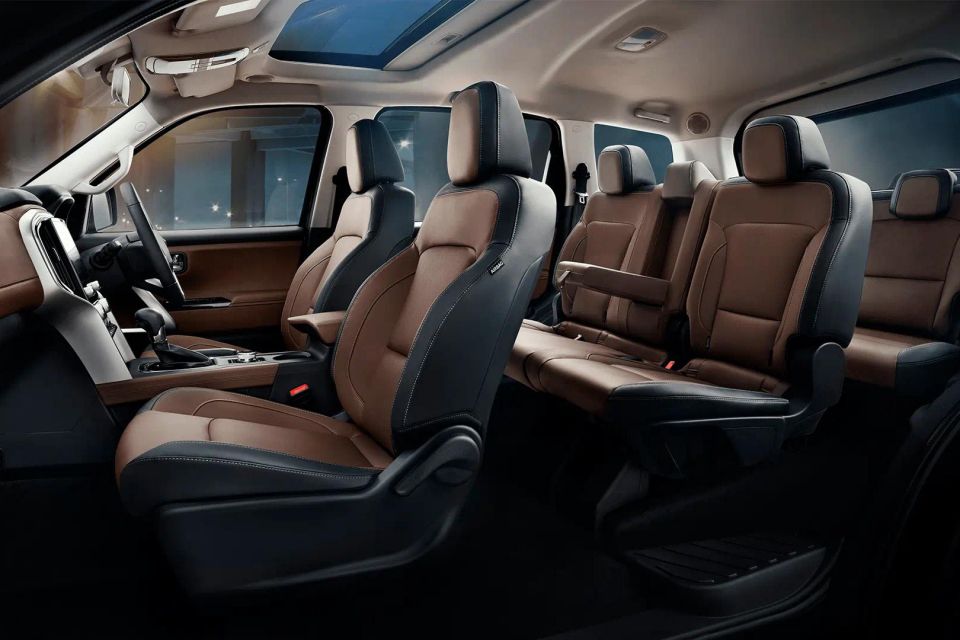
It will be the only model line within the VFACTS medium SUV segment without autonomous emergency braking as standard, though a single variant of the outgoing Honda CR-V – the base Vi – also goes without the feature.
“I think there’s a segment of the market that wants a true four-wheel drive with true four-wheel drive features, and of course the market will tell us when it goes on sale what they think of the vehicle,” said the spokesperson when asked if they thought sales would be affected by the lack of AEB.
It’s unclear whether other safety equipment will be added as part of a mid-life update. While driver fatigue detection is standard in India, there’s no lane-keep assist, blind-spot monitoring, or other active safety technology.
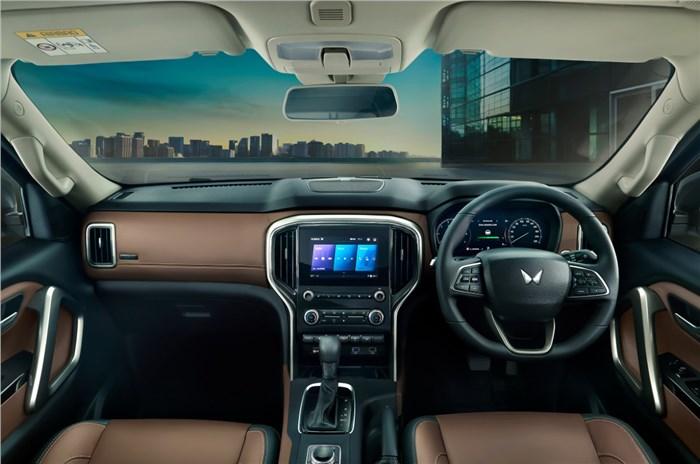
Mahindra didn’t confirm whether the Scorpio-N would be assessed by ANCAP.
To receive a five-star ANCAP rating, vehicles must receive a score of 70 per cent or more in the Safety Assist category, something that is impossible without any active safety technology fitted, as well as a 70 per cent score for Vulnerable Road User Protection and 80 per cent each for Adult and Child Occupant Protection.
A notable example of a vehicle assessed by ANCAP recently that lacked active safety technology was the Mitsubishi Express, which received a dismal 7 per cent score in Safety Assist and an overall zero-star rating from the safety authority.
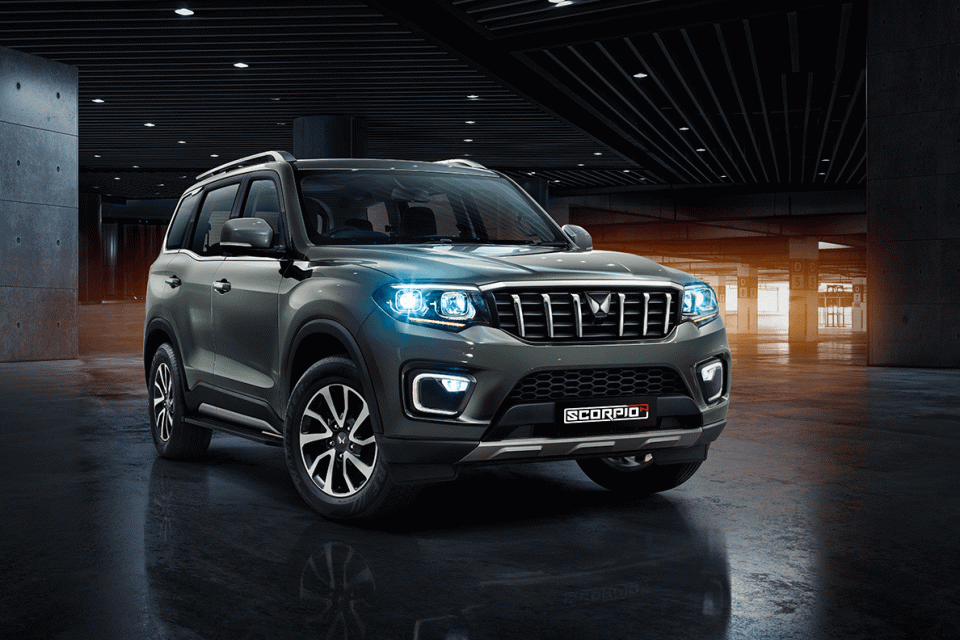
“ANCAP is aware of Mahindra’s recent announcement to release the Scorpio-N into the Australian market,” said a spokesperson for ANCAP.
“As with all new model entrants, it is ANCAP’s desire to have a locally-applicable safety rating available for Australian consumers.
“We are liaising with the local distributor to determine the safety specification and availability of its forthcoming models, and the potential for testing and rating.”
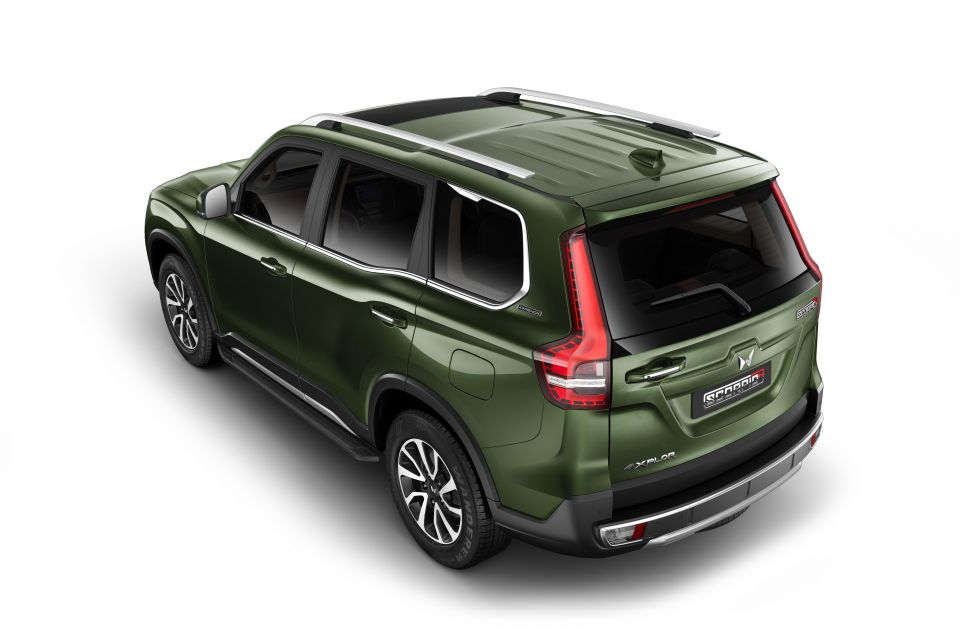
The Scorpio-N is off to a strong start in India, with Mahindra confirming well over 100,000 orders have been placed since the vehicle was revealed in mid-2022.
Full pricing and specifications for the Scorpio-N are set to be revealed imminently, though the aforementioned government approval documents list a range of five variants.
Three are rear-wheel drive and two are four-wheel drive models listed, all with a 2.2-litre turbo-diesel four-cylinder engine and six seats.
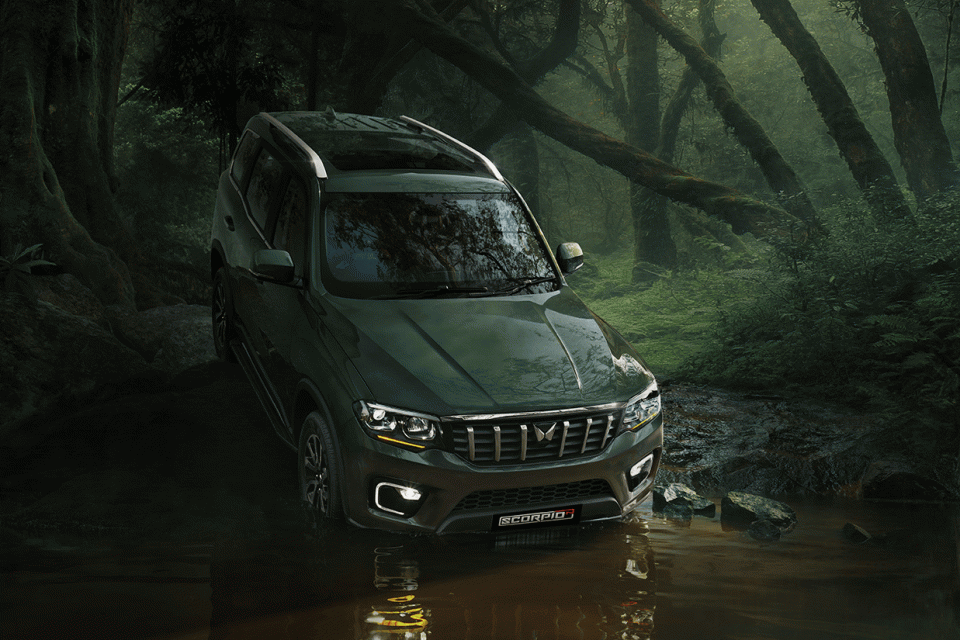
The turbo-diesel engine produces 129kW of power and 400Nm of torque, and is mated with a six-speed automatic transmission sourced from Aisin. A 2.0-litre turbo-petrol is also offered in India, but doesn’t appear in the local documents.
The Scorpio-N is a successor to the Pik-Up-derived Scorpio, which was never sold here but which continues to be sold in India, and will be the closest thing to a modern-day Suzuki Grand Vitara that you’ll be able to get in Australia.
It features body-on-frame construction like the larger Mitsubishi Pajero Sport, but is sized similarly to mid-sized crossovers like the Subaru Forester. It measures 4662mm long, 1917mm wide and 1857mm tall on a 2750mm wheelbase.
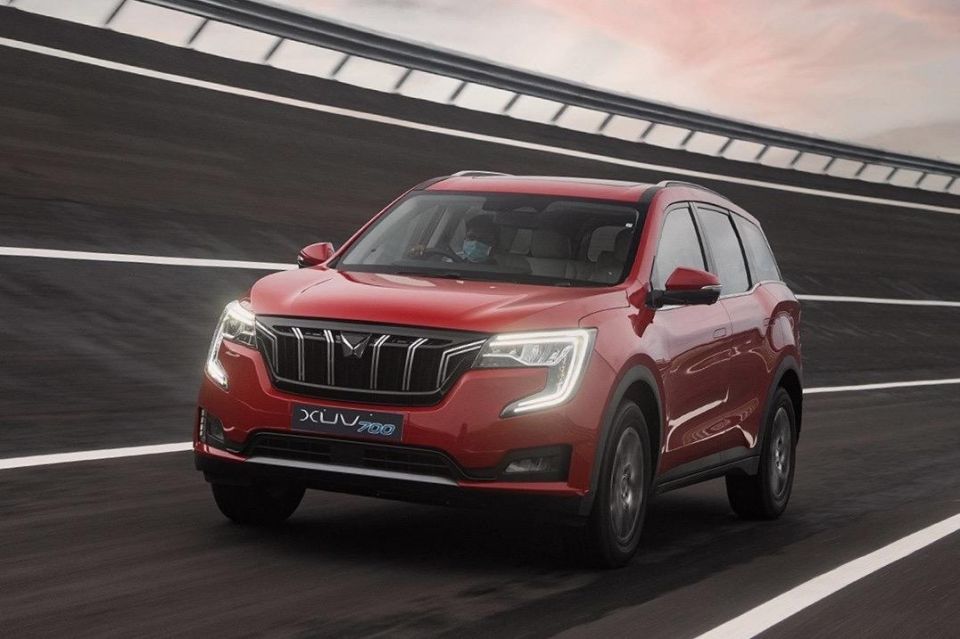
Braked towing capacity is 2500kg and unbraked is 750kg.
The diesel Scorpio-N has shift-on-the-fly 4×4 with low-range and various terrain modes, as well double-wishbone front and Watt’s linkage rear suspension and a mechanical locking rear differential.
Mahindra is also launching the similarly sized XUV700 in Australia this year, though this is a less off-road-oriented model with unibody construction.
It offers a range of active safety and driver assist features, including AEB, lane-keep assist and adaptive cruise control.
Where expert car reviews meet expert car buying – CarExpert gives you trusted advice, personalised service and real savings on your next new car.
William Stopford is an automotive journalist with a passion for mainstream cars, automotive history and overseas auto markets.


Ben Zachariah
13 Hours Ago


Max Davies
13 Hours Ago
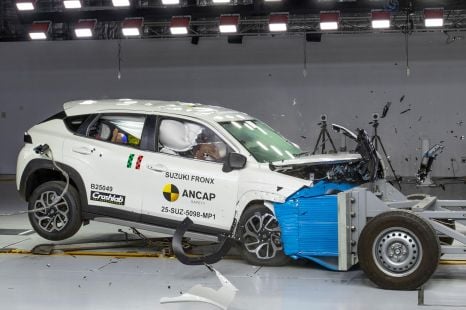

Damion Smy
1 Day Ago


Max Davies
3 Days Ago
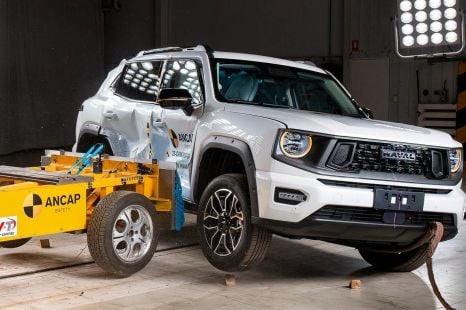

James Wong
4 Days Ago
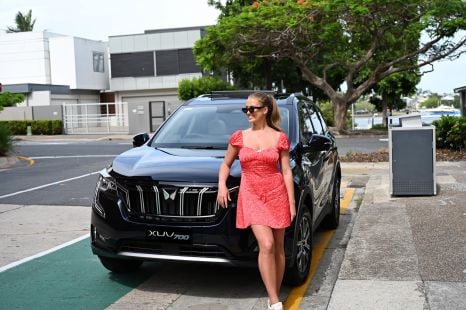

CarExpert.com.au
12 Days Ago